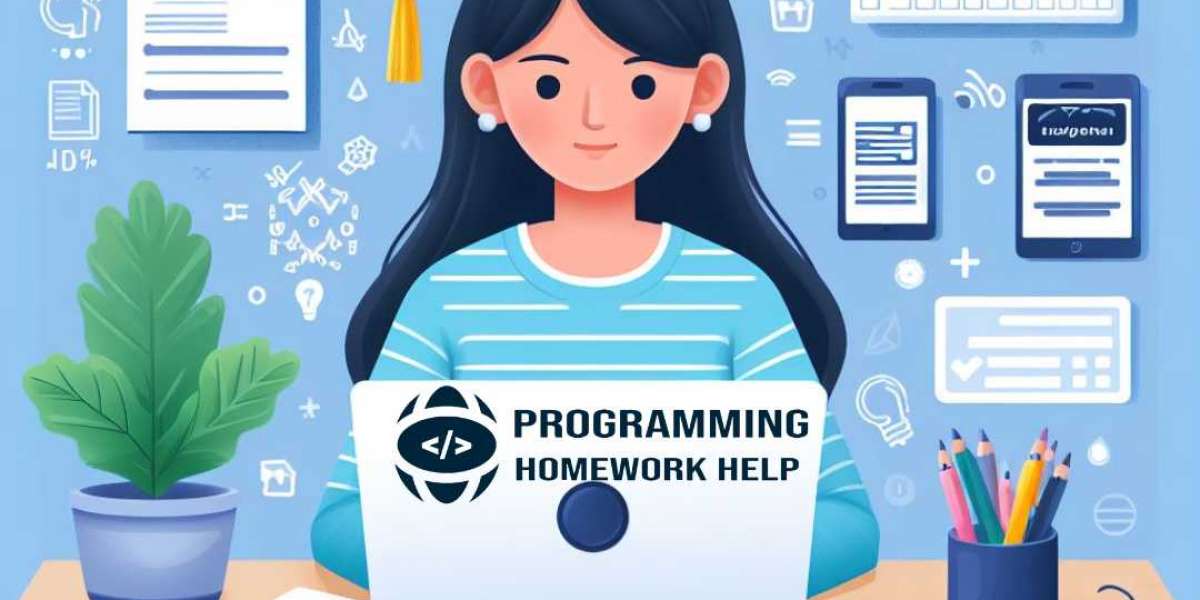Spotify has revolutionized the way people listen to music by offering a highly personalized experience. One of the key reasons for its success is its powerful recommendation algorithm, which helps users discover new songs based on their listening habits. Whether through Discover Weekly, Release Radar, or daily mixes, Spotify ensures that every user gets a tailored playlist suited to their taste.
But how exactly does Spotify’s algorithm work? How does it predict what songs users will enjoy? In this article, we will explore the technology behind Spotify’s music recommendations and discuss why some users still seek alternatives like a Spotify downloader online 320kbps for their listening needs.
Understanding Spotify’s Recommendation System
Spotify’s music recommendation system relies on machine learning, data analysis, and artificial intelligence (AI) to suggest songs. The platform collects vast amounts of data from users and processes it to create personalized playlists.
Spotify uses three key methods to recommend music:
1. Collaborative Filtering
Collaborative filtering is one of the most effective ways Spotify predicts what a user might like. This method works by analyzing the listening habits of millions of users and finding patterns.
For example:
- If User A and User B both listen to the same set of songs, but User B listens to an additional song that User A hasn’t heard, Spotify may recommend that song to User A.
- This approach does not rely on song characteristics but instead focuses on user behavior.
2. Natural Language Processing (NLP)
Spotify also analyzes text-based data from various sources, such as:
- Blog posts and music reviews
- Social media mentions
- Online discussions about music
By scanning these sources, Spotify’s algorithm understands how people describe and talk about music. This helps the platform group similar songs and artists together.
3. Audio Analysis
Spotify’s AI does not just rely on user behavior and text-based data—it also analyzes the actual audio of songs. By examining elements like tempo, key, danceability, and mood, Spotify can:
- Categorize songs into different genres and styles
- Recommend songs that match a user’s listening preferences
- Create playlists based on musical similarities rather than just popularity
Popular Personalized Playlists on Spotify
Spotify uses its recommendation system to curate playlists that are unique to each user. Some of the most popular personalized playlists include:
- Discover Weekly – A playlist updated every Monday with 30 songs based on a user’s past listening habits.
- Release Radar – A playlist featuring newly released songs from artists a user follows or listens to.
- Daily Mixes – Several playlists that group a user’s favorite songs with new recommendations.
These playlists are automatically updated using machine learning, ensuring that users always get fresh recommendations.
Why Some Users Look for Alternatives Like a Spotify Downloader Online 320kbps
While Spotify’s algorithm is highly advanced, some users prefer to download music in high quality for offline listening. This is why many search for a Spotify downloader online 320kbps, which allows them to save songs at the highest audio bitrate available.
Reasons why users look for alternatives include:
- Offline listening without a Premium subscription – Spotify allows offline listening only for Premium users, which leads some free users to look for third-party downloaders.
- Control over music files – Some users want to keep permanent copies of their favorite songs instead of streaming them.
- Higher quality audio downloads – While Spotify streams at 320kbps for Premium users, some listeners prefer to download files directly to ensure consistent high quality.
However, using third-party downloaders to save Spotify songs often violates Spotify’s terms of service and can lead to account suspension. It also affects artists, as they don’t receive royalties from illegally downloaded music.
Challenges of Spotify’s Recommendation System
Even though Spotify’s algorithm is highly advanced, it is not perfect. Some common challenges include:
1. Filter Bubbles
Spotify’s recommendation system can sometimes create a “filter bubble”, where users are exposed to the same type of music repeatedly. This limits diversity and prevents listeners from discovering completely new genres.
2. Popularity Bias
Spotify’s algorithm often promotes mainstream music, making it harder for independent artists to gain visibility. While features like Fresh Finds help showcase lesser-known musicians, the system still favors more established artists.
3. Misinterpretation of Listening Habits
If a user listens to a specific genre temporarily—perhaps for a workout or a party—Spotify might assume it’s their preferred style and start recommending similar songs excessively. This can sometimes lead to unwanted recommendations.
How Spotify Plans to Improve Its Algorithm
To enhance user experience, Spotify is constantly working on improving its music recommendation system. Some of the future developments include:
- Better AI models – Using deep learning to refine song recommendations further.
- User feedback integration – Allowing users to provide more input on what they like or dislike.
- Enhanced discovery tools – Introducing new playlist features to encourage more musical exploration.
Conclusion
Spotify’s recommendation algorithm is one of the most powerful tools in the music industry, helping millions of users discover new songs every day. By using collaborative filtering, natural language processing, and audio analysis, Spotify personalizes each listener’s experience.
However, some users still look for alternatives like a Spotify downloader online 320kbps to download high-quality music files. While this may provide more control over offline listening, it raises legal and ethical concerns.
Despite some challenges, Spotify continues to refine its algorithm, ensuring that users receive fresh, relevant, and engaging music recommendations. Whether you’re discovering new tracks through Discover Weekly or exploring different genres, Spotify’s AI-powered system plays a major role in shaping the way we experience music today.






